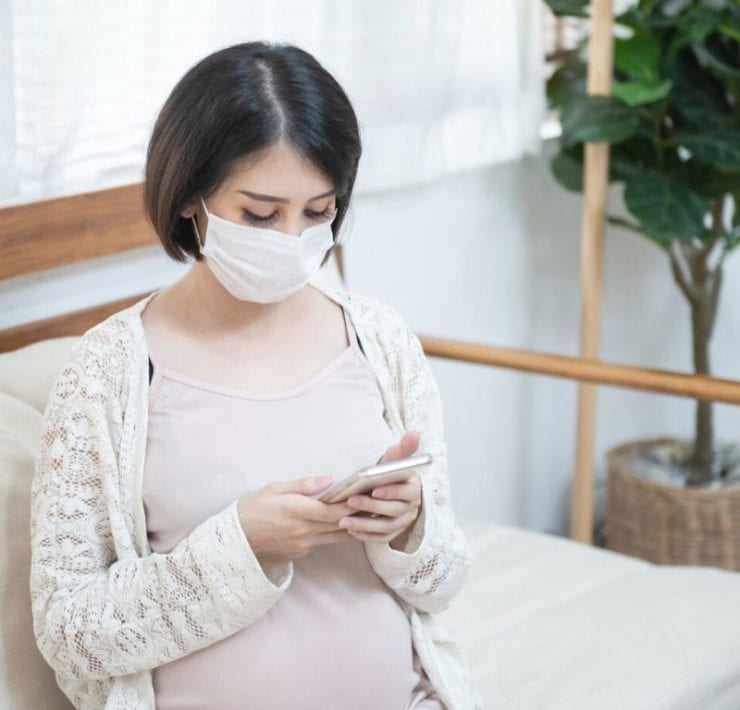Vaccines to Shoo the Flu

Children are the most likely offenders for spreading the flu virus because of inadequate hand washing and because they don’t always remember to cover their cough. Flu is the leading cause of missed school and work days. It’s true for adults and for kids – immunization is the most effective way to prevent the flu. Immunization lasts for at least six months before the effectiveness begins to decline, which is why it is important to be vaccinated every year.
The Big Question: Mist or Shot?
It’s always best to talk to your child’s doctor concerning which flu vaccination is right for your family. For kids age 2 and older, most parents can opt for the flu mist, similar to nasal spray, rather than a dreaded shot in the arm. Children with asthma or recurrent wheezing or those in close contact with a person with a compromised immune system should get the flu shot rather than the mist.
Facts about the flu mist compared to the flu shot:
- Live attenuated vaccine, which means the virus is grown and then altered to make it harmless
- Activates the entire immune system quickly
- Provides broader protection from the flu
- Lasts longer
- Mild flu-like symptoms are common and are typically well controlled with Motrin or Tylenol
Facts about the flu shot:
- Inactivated vaccine, which means the virus is grown and then killed
- First time vaccination requires a second shot one month after the first
- Must be at least 6-months old to receive
- Effectiveness depends on accuracy of predictions about the upcoming flu season’s strains.
- Soreness at the injection site and mild fever are common
Whether you choose the flu mist or flu shot, you cannot get the flu from the vaccine. If predictions are good about the upcoming flu strains, the mist and shot are highly effective. If predictions are inaccurate or a new strain develops as in the case of H1N1 (swine flu), the vaccine is not as effective as the mist.
If flu is suspected, it’s possible to test for the flu with a simple nasal swab of both nostrils by a pediatrician or in the Pediatric ER. With rapid testing, results are available within 15 minutes.
It’s best to test for flu when an otherwise healthy child has flu-like symptoms and a fever of 103 degrees or higher. If a child has high risk for complications from the flu, such as asthma or other chronic diseases which can weaken the immune system, a flu test may be performed at lower temperatures.
Additional information about the flu and vaccines can be found on the Centers for Disease Control and Prevention website, including updates on local outbreaks.
 ABOUT THE AUTHOR:
ABOUT THE AUTHOR:
Dr. Jessica Branscome is the Medical Director of the Pediatric ER at Huntsville Hospital for Women & Children. She is board certified in Pediatrics and has worked in pediatric emergency medicine for seven years.








